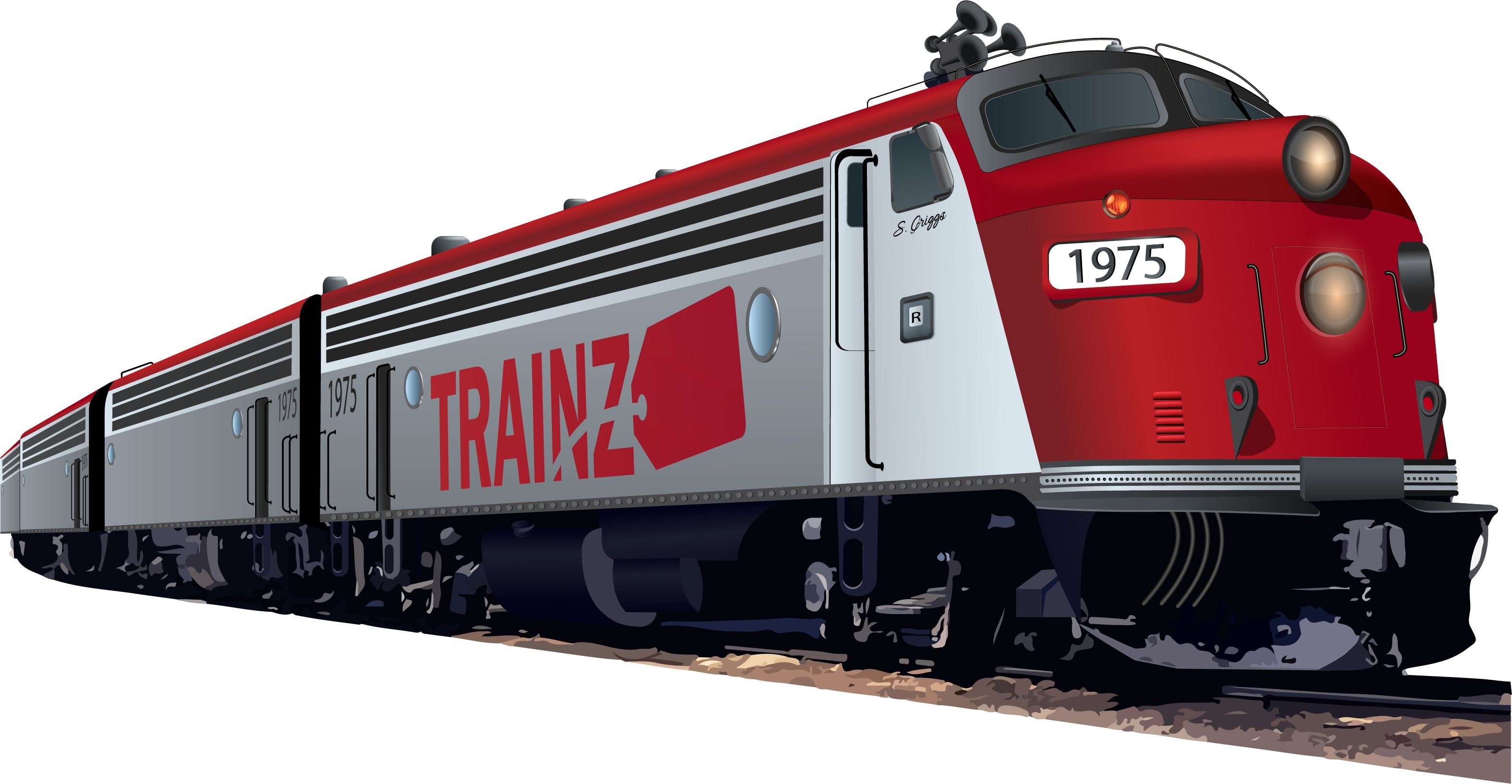New to this forum, and new to model trains, if you discount what I learned as a 3 or 4 year old in 1959 and 60. Now a worn out old man I snagged me some Marx stuff just like I had then, which was more likely Allstate from the Sears Roebuck. I doubt my Dad was in any financial condition for Santa Claus to bring a fancy Lionel set-up for a 3 year old. Anyway, here's my first question: Back then were there 2 different types of curved rails, with the pegs sticking out the other end? Because I want to make a long oval on a 4x8 set-up with one long straight side, and the other having a curve-in and back out. But when I turn the curved rails around is male-to-male. The pegs are crimped into the tubes. Are you just supposed to pull them out forcefully and stick them in the other end? Or did they make mirror image curved rail pieces back then? Thank you.
Last edited:


